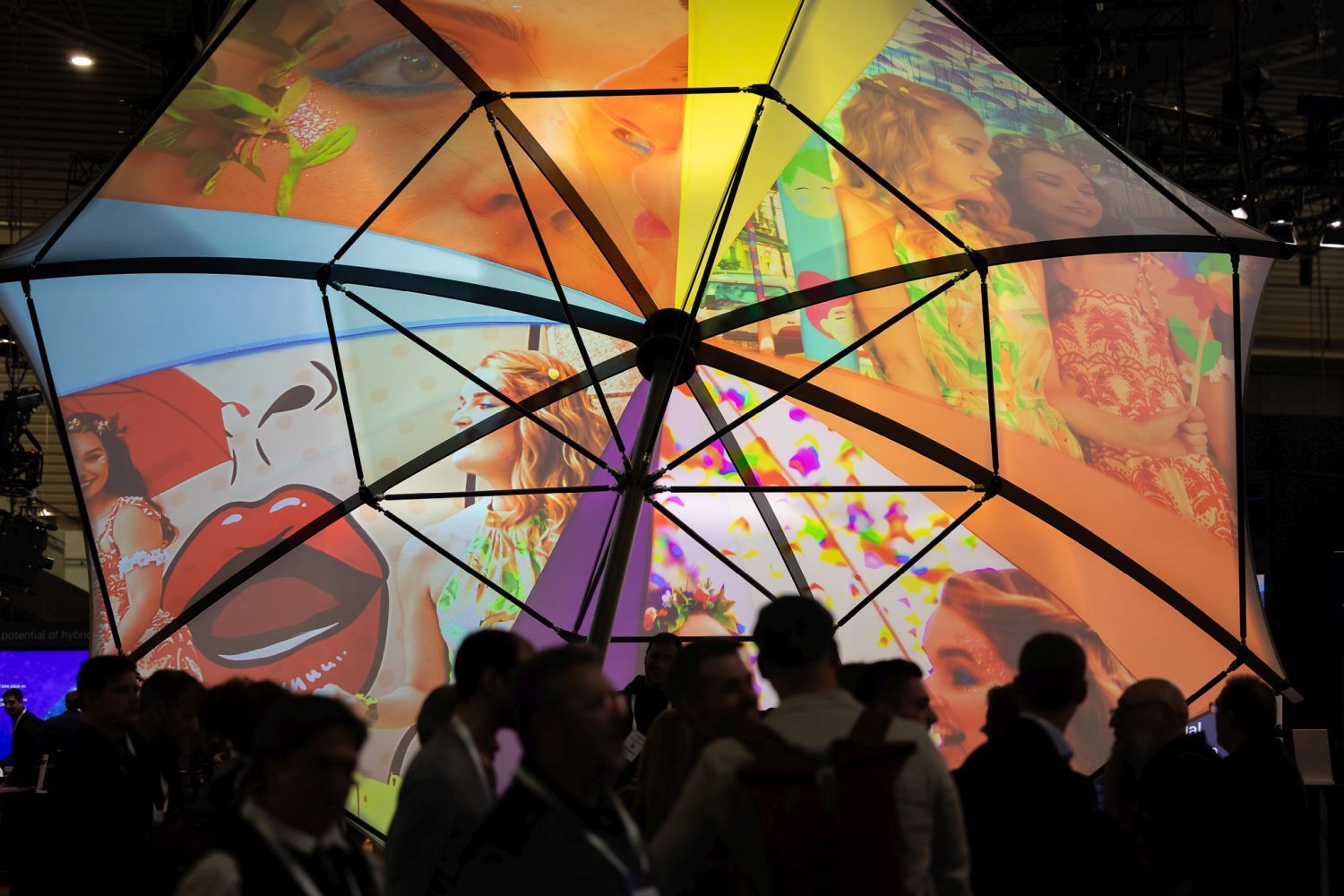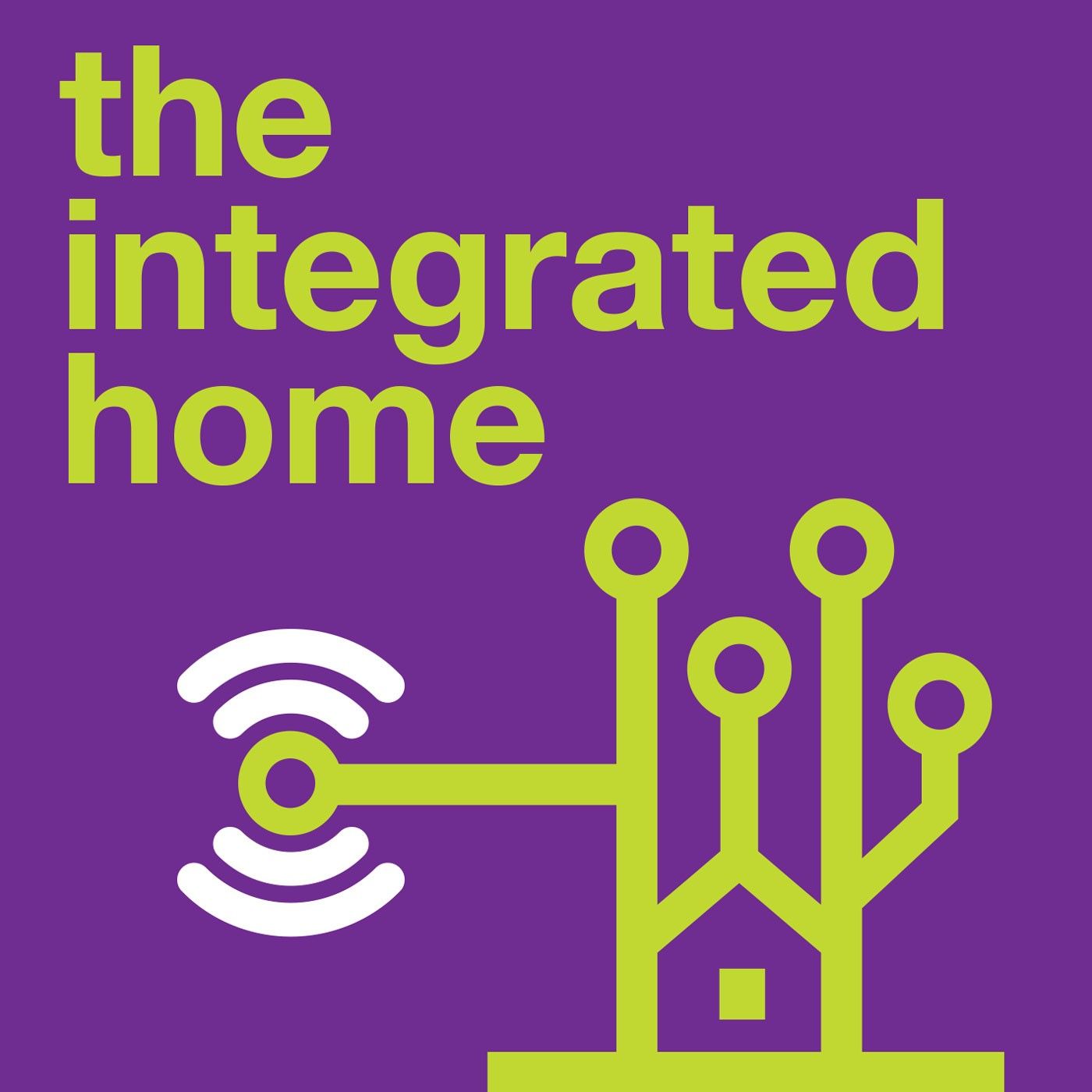Technology trends in ISE's Multi-Technology Zone

In many sectors the desire to create ever-more unique and immersive experiences continues to grow, and AV technology is providing the tools to enable this.
XR technologies are reshaping how stories can be told and creating more opportunities for audience engagement and interaction making them a popular tool in the entertainment space. Indeed, location-based entertainment (LBE) including theme parks, museums and immersive theatre is a market very much capitalising on the XR boom. Often relying on hardware such as projectors and simulators for 360-degree immersion, interactive displays and spatial audio to entice the senses, and sensors and controllers to enable interaction, LBE is delivering personalised experiences that seamlessly merge the physical and virtual worlds.
Although costs remain high, direct view LED is a technology to watch in this space, offering durability, low maintenance and energy efficiency.
Technology to enable personalised experiences is also firmly on the agenda across the retail sector, with brands looking to offer an enticing in store experience that keeps shoppers coming back. Indoor and outdoor dvLED displays attract attention, interactive projectors encourage engagement and cameras are even being used to capture and analyse shopper activity that then feeds into the content displayed on nearby digital signage.
AI is also having an impact across the industry, despite the consensus being that we’re still in the very early stages of what the technology can achieve. Set to be visible across the Multi-Technology Zone, AI is enhancing productivity, enabling development and removing the need for people to carry out repetitive tasks. Examples include conversation tracking and automatic translation technology in conferencing systems, automated cameras for live events, facial recognition in control rooms, digesting complex data to deliver personalised healthcare and so much more.
The IoT also continues to develop, moving away from IT sensors and instead becoming part of the infrastructure of a building. Information including room utilisation data, temperature, humidity and usage trends and patterns can all be gathered. Often this is done with sustainability in mind, with data being used to measure energy usage and reduce costs, but once again the ability to access and understand the data generated will be key to the success of any project. The addition of GenAI tools to intelligent buildings will also likely raise questions about how that data is used and stored and any security risks it may create.



)
)
)
)
)
)
)
)
)
)
)
)
)
)
)

)
)
)
)